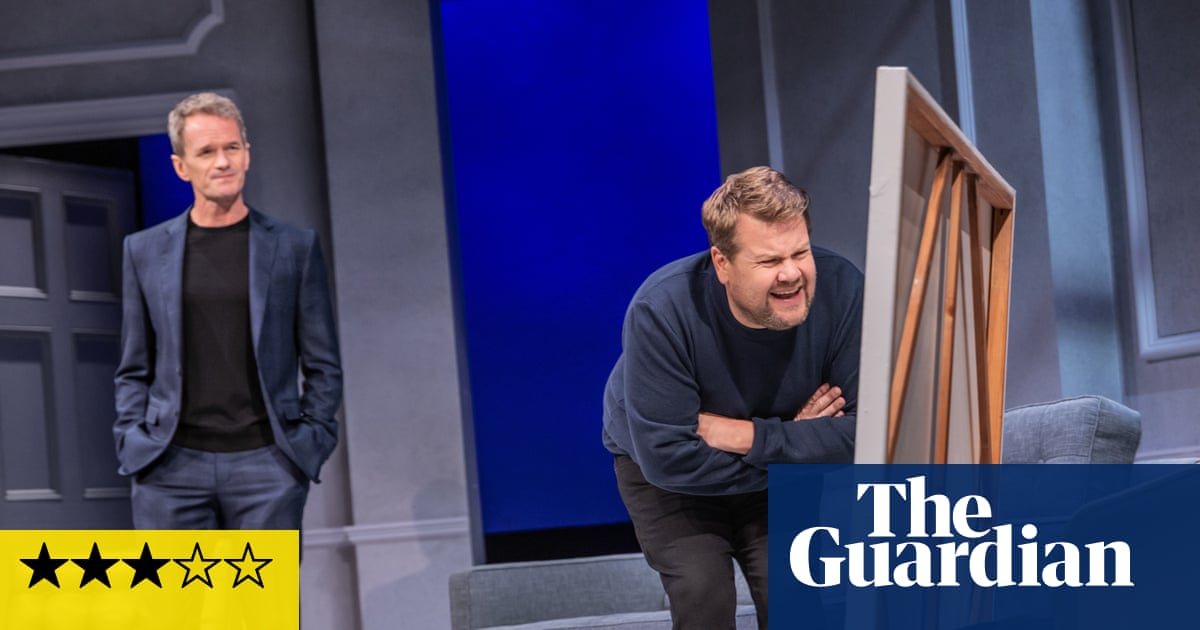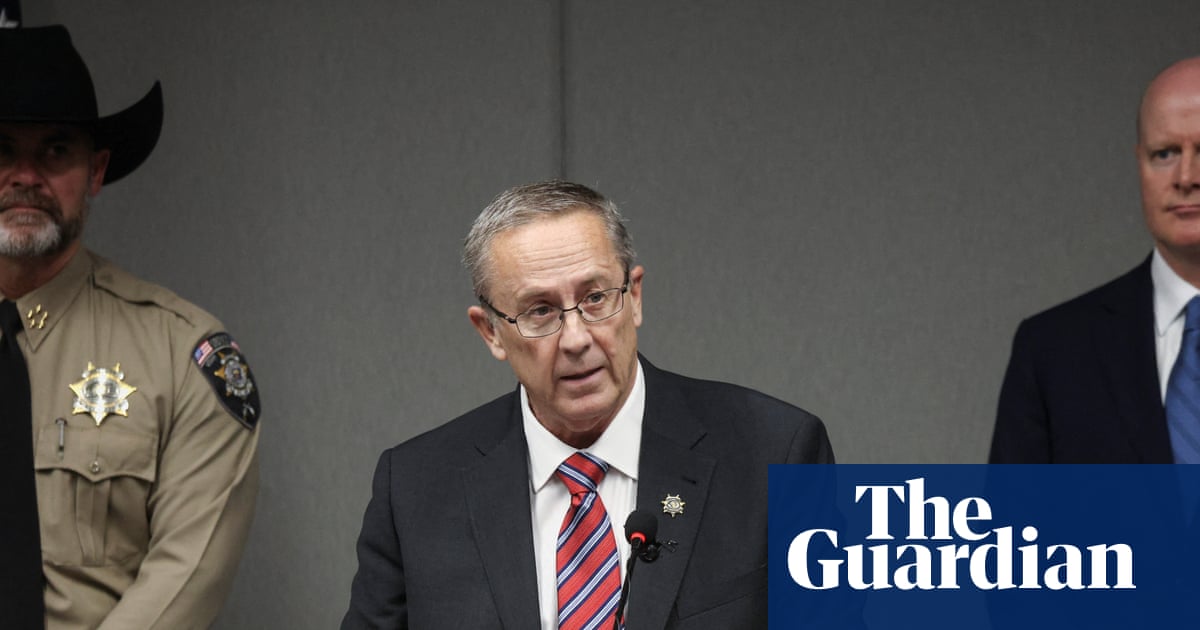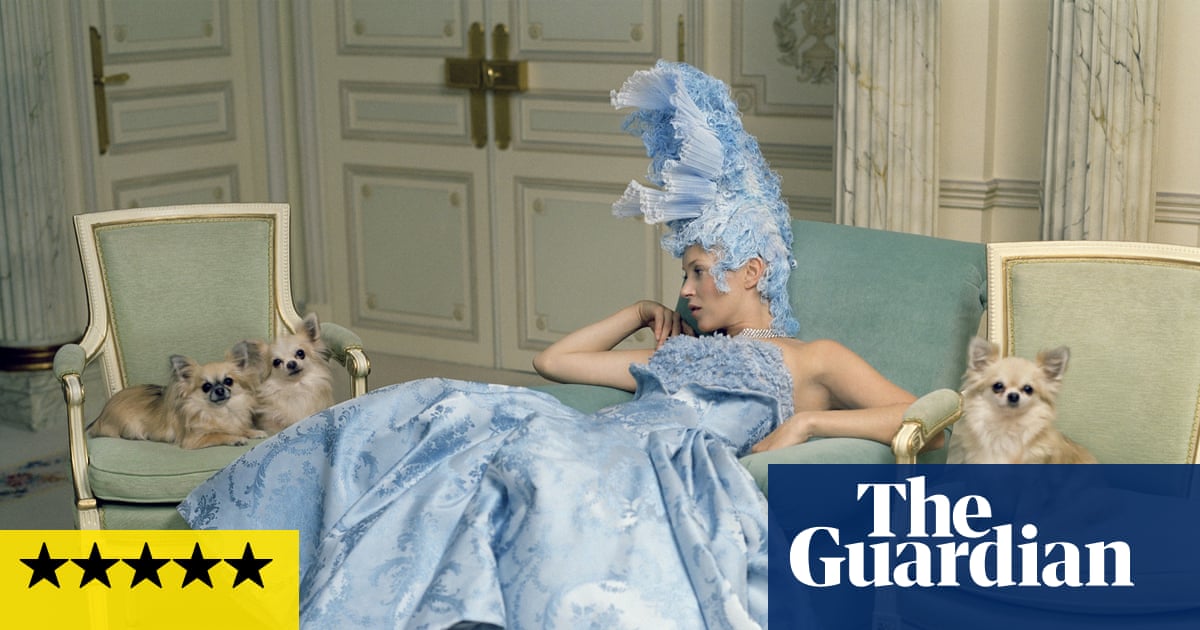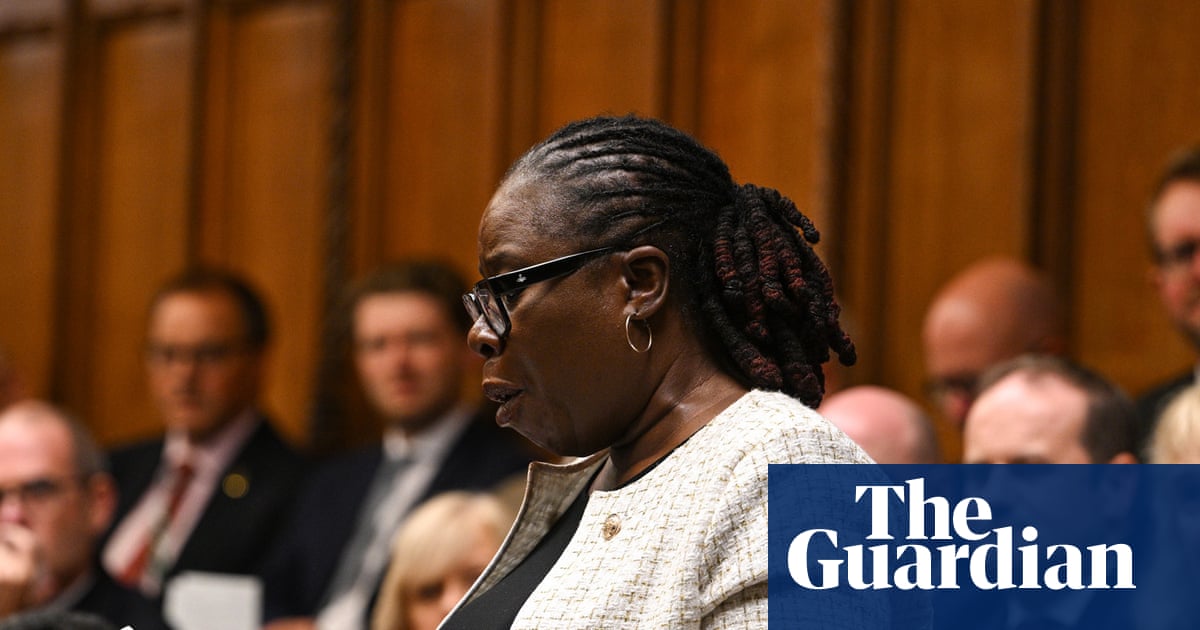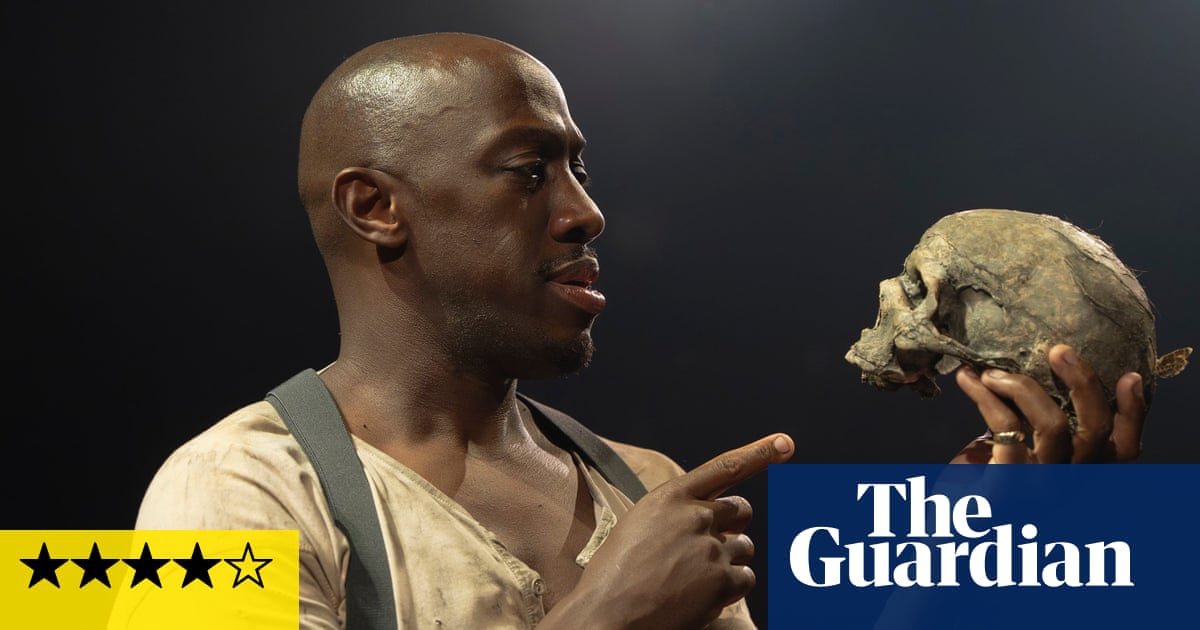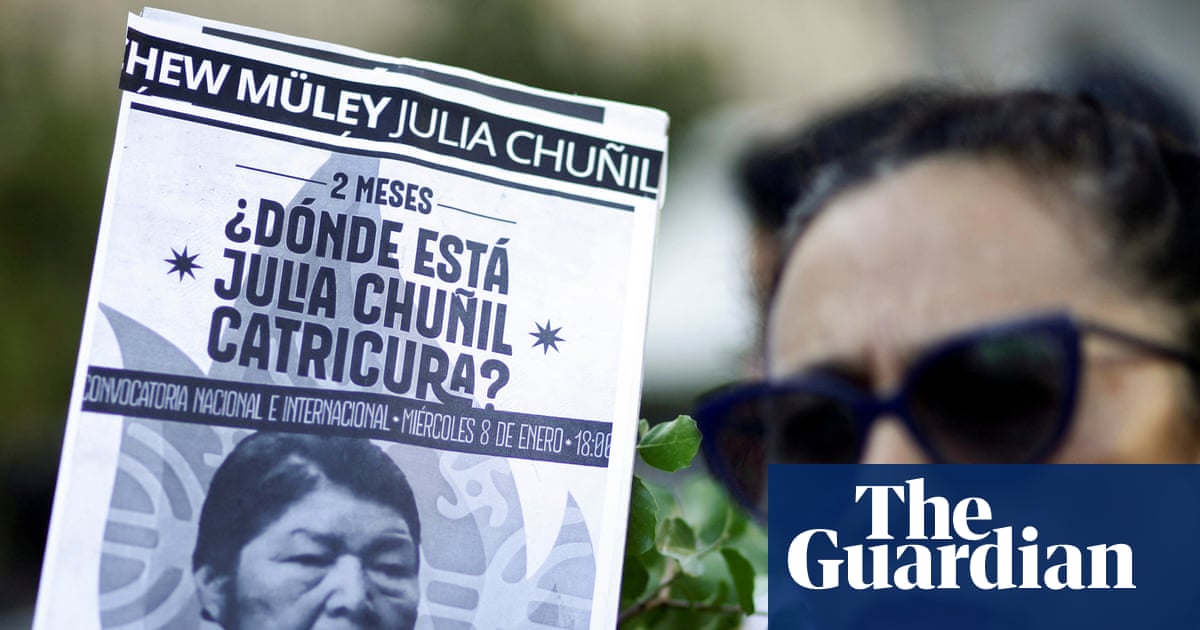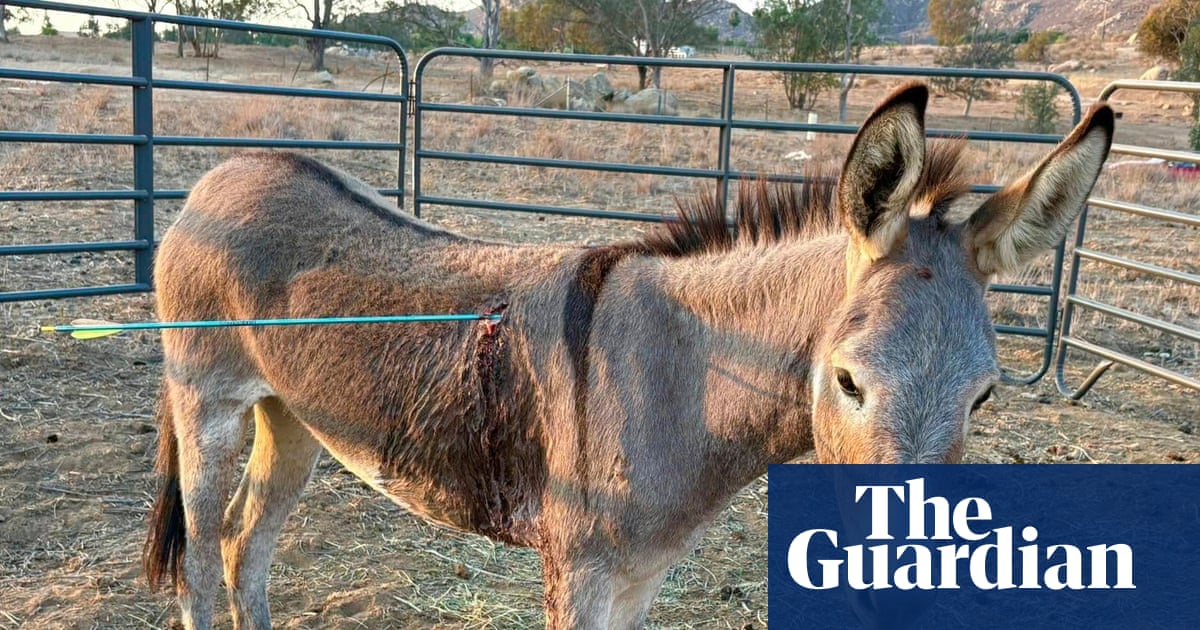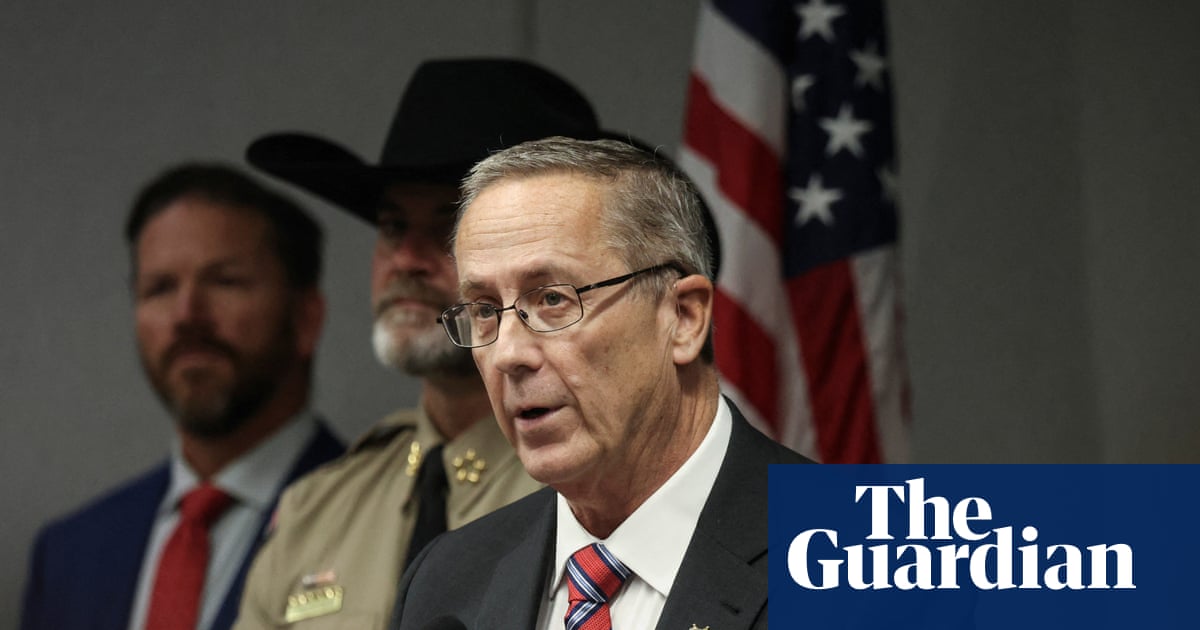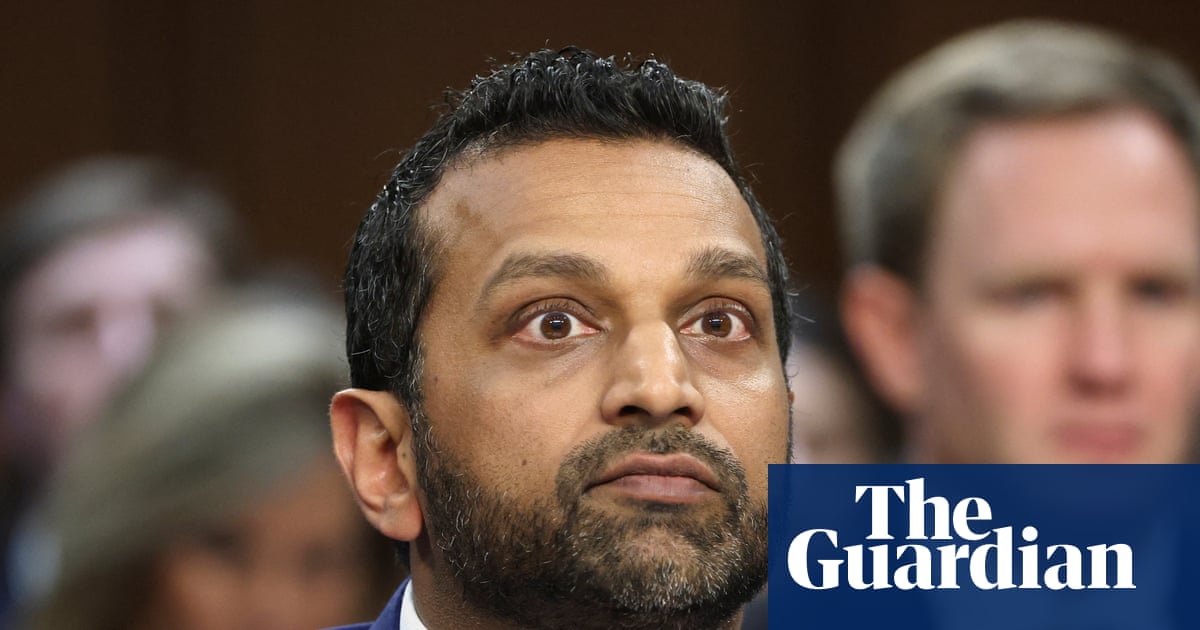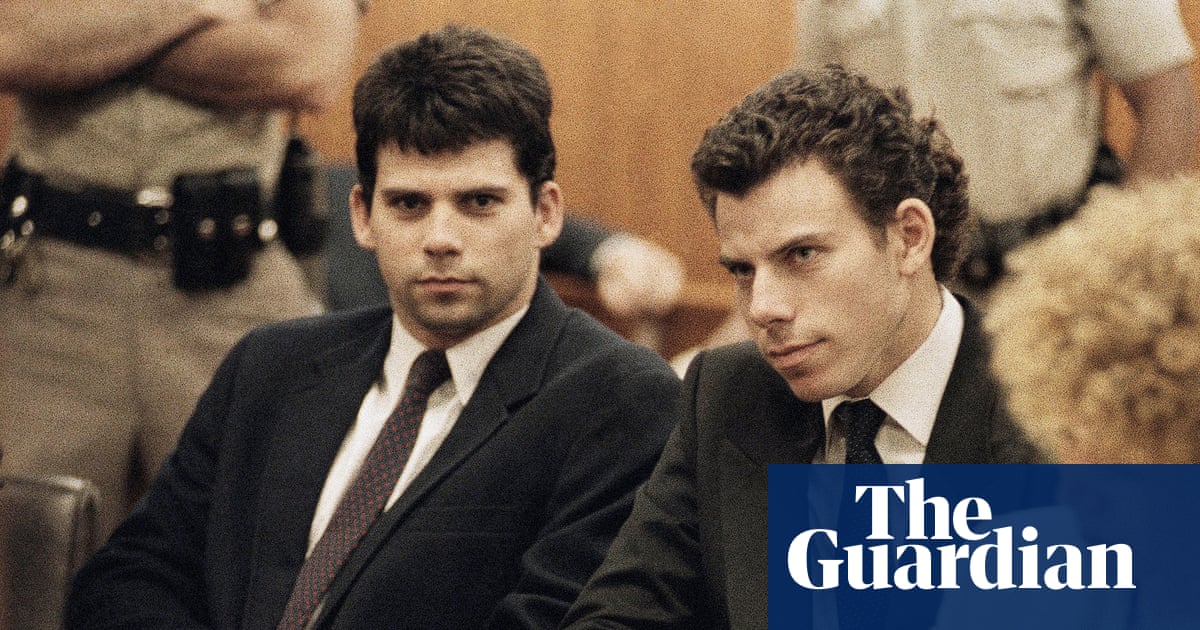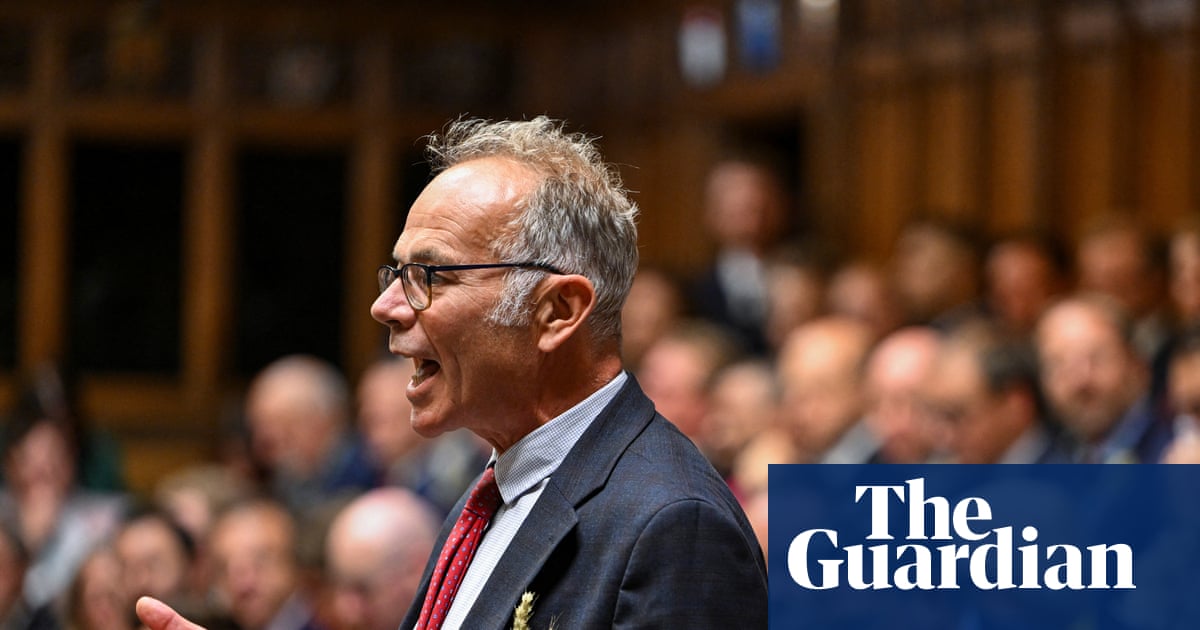Carrie Bradshaw was undoubtedly not intended as a hate figure when Sex and the City first aired. But in recent years, a curious cultural shift has occurred: newer fans have started to see Carrie, played by Sarah Jessica Parker, as the most toxic thing about the horny, headline-grabbing show. An entire website, Carrie Bradshaw Is the Worst, was devoted to explaining why Carrie sucked. (The most common complaints: she cheated on nice guy Aidan; talked about herself too much.) One viral essay posited that Carrie was TV’s first female antihero. Parker, 60 and still synonymous with pop culture’s most iconic single gal, has grown to love the term.
“I prefer that to any other description of her, because it allows her to be as male as the men have been. I love The Sopranos so much, and I look at all the times [Tony] was unlawful, and we loved him. Carrie has an affair and everybody falls apart,” says Parker ruefully. “An antihero, to me, is somebody that’s not behaving in conventional ways, and she hasn’t ever.” She pauses. “Am I crazy?” Another pause. “A lot of people love her too, though!”
Nobody could accuse Parker of being an antihero; in person, she is considered and endlessly gracious, eloquent in a way that puts her in stark contrast to Carrie, the garrulous character she made so indelible 27 years ago. In 2021, she returned to the role in spin-off And Just Like That with the same fizz and magnetism. Seated in a Paris hotel room for the European launch of the show’s new season, Parker is tiny – her tininess magnified by the chicly gigantic grey V-neck she wears over a floral dress – and has impeccable posture, surely a holdover of her childhood years spent training as a ballet dancer.

AJLT is a hugely divisive show – a marker of how relevant Sex and the City remains – largely because of its clunky handling of race and sexuality, though it arguably nails the way moneyed older people try, clumsily, to talk about progressive politics. Some fans hated the absence of Kim Cattrall’s Samantha Jones, and the introduction of Che Diaz (Sara Ramirez), a non-binary standup who becomes Miranda’s (Cynthia Nixon) love interest. But for many, the revival is a deft exploration of life after grief – Carrie’s husband, Mr Big, dies in episode one – and a frothy ode to traditions that seem to be dying out: getting dressed up on a whim for brunch; finding romance in everyday life. This season – which focuses on Carrie’s relationship with on-again, off-again beau Aidan, a handsome new neighbour played by Jonathan Cake, plus hijinks such as Miranda accidentally sleeping with a virgin lesbian nun – is just as delightful.
Front and centre, of course, are Carrie’s incredible outfits. She is always dressed to the nines, whether walking through the park in a gigantic hat that looks like a picnic basket or strutting through her apartment wearing a dress adorned with hundreds of jangly charms. (At one point, her proclivity for heels even becomes a key plot driver, as her downstairs neighbour asks her to invest in – gasp! – slippers.) This might be one of the show’s most fantastical elements: a version of New York where everyone isn’t just walking around in yoga sweats. How does Parker, a local style icon herself, feel about the city’s shift to athleisure?
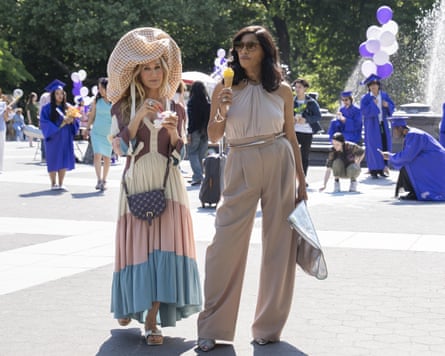
“I mean, I see a lot of people – women in particular – in New York in leggings. They are often on their way to, it seems to me, an exercise experience of some kind. I’m slightly allergic to me criticising the commitment to athleisure wear … You can’t be a hypocrite about it if you believe in wearing what feels good when you walk out the door,” she says. “There are occasions when I think: ‘People should be dressed up, I want to see some effort,’ but the idea of legislating that is counter to a lot of stuff we’re meant to feel and live by. So, it’s not creative but if you’re comfortable, I mean, who am I?”
Perhaps AJLT’s main function, then, is as an appealingly joyful piece of escapism in catastrophically dark times. But in the new season, Parker hopes, the show takes on new depth, too. “I was excited about the way the relationship with Aidan would sort itself out, because there’s a new maturity to both parties, especially Carrie,” she says. “It all sounded good to me – challenging, exciting, fun and hopefully funny.”
Carrie’s growth is one of the show’s many changes that she welcomes with open arms. “It’s no surprise that at this point in her life, she’s just more equipped, like we all are. I’m reacting differently to things now because I have a decade more experience,” she says. If she were still an antihero … well, that would be a hard sell. “We’ve not seen Carrie at this point in her life – I think it’s developmentally correct, but not that surprising. You know, she’s not been a wildly hysterical person for the [entire] nine years spent on television!”

The complexity of a character such as Carrie may have caused some of AJLT’s new additions to seem one-note in comparison. Che Diaz, the “queer non-binary Mexican-Irish diva”, was one of its most controversial additions – a caricature of queer culture in stark contrast to the nuanced women who defined the original show. Che hasn’t returned for season three. Parker says she was “shocked” to discover the character was so widely reviled. “A friend of mine brought it up to me, and it’s like: ‘What are you talking about?’ And he said: ‘Yeah, there’s all this conversation,’” she recalls. “I’ve been an actor for 50 years, and I’ve almost never paid attention to peripheral chatter. I loved working with them.”
Viewers and critics may have had a problem with Che, but if anyone’s flying the flag for Carrie, it’s gen Z. On social media, Carrie is seen as the ultimate messy protagonist; flighty and flinty in equal measure, she is the perfect avatar for a generation obsessed with debating (and subsequently ignoring) red flags and turning traumatic events into pithy one-liners. Barely a day goes by when I don’t see Carrie’s “Single & Fabulous?” New York magazine cover repurposed as aresponse to a modern embarrassment. Parker hasn’t seen this phenomenon first-hand (“I’m not on TikTok myself – I don’t say that pridefully, I’m just overwhelmed by the idea of it”) but hears about it from friends’ kids.
“It’s curious, because their lives are so different – the language they use around dating is different,” she says. “They’re less patient. They’re more punitive. They’re not as forgiving of people’s shortcomings. I’m not condemning it, it’s just what I’ve heard. So it’s really interesting that they feel so spirited about it. It doesn’t mean they aren’t objecting to Big and Carrie’s relationship, or the way he treated her, or choices Carrie made. But people had those strong feelings back then, too.”
Does she ever feel disheartened that the original show – a quarter century-old ur-text of heteropessimism – still feels so relevant to audiences now, who find the carnival of dud men dated by Carrie, Charlotte, Miranda and Samantha painfully relatable? “I think it would be a reason to feel disheartened, but the show is also about finding home and contentment, whatever home means to you,” says Parker. “I feel that 20- and 30-year-olds should be searching. There should be something in the distance that’s important and exciting, and worth the wait. Part of it is rather dreary that great women of all ages are still incredibly frustrated by the dating scene, but I also see a lot of happy endings.”
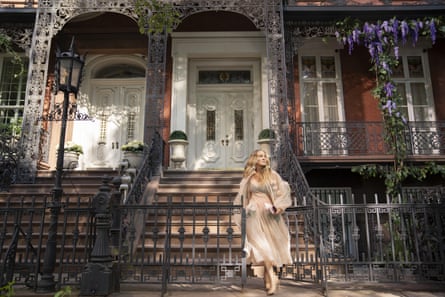
The culture around Sex and the City is cyclical in more ways than one. In the 2000s, the show was criticised for accelerating the gentrification of New York’s meatpacking district; now, New Yorkers are fretting about the arrival of the West Village Girl, a new city transplant who treats the neighbourhood as “a fabulous theme park … to live out Sex and the City fantasies”, is how New York magazine recently described it. I ask Parker if, as a longtime West Village resident, she’s heard of this stereotype, which has caused endless conversation online recently, and she immediately turns sheepish, admitting that her husband Matthew Broderick worded her up on the terminology the week prior.
“We see it all the time. I mean, every single place has lines round the corner, there’s young girls dressed in very fine threads everywhere, and they’re all stopping in the street and taking their pictures, raising a camera up high,” she says, holding her arm up as if taking an 0.5 selfie. Parker is rattling off the West Village Girl description with ease; for a second, I feel as if I’m in one of Sex and the City’s brunch scenes in which the ladies pontificate, with relish, on the hot topics of the day. “But I remember they said that about the meatpacking, too – they said we ruined it. I recall being crucified for that. It happens – the West Village is a very charming advent calendar kind of neighbourhood, and it’s been through many versions of this, and the true born-and-raised West Villagers have always complained about it, and rightly so, because it’s priced people out.
She continues: “Retail rent has gone way high, the price of a coffee – because they’re not going to the deli! If you would just go to the deli,” – she cups her hand around her mouth as if trying to reach the West Village girls through a megaphone – “Just go support Sam’s Deli on West 4th Street! But I think that’s the nature of these things … you’ve seen the lines for a croissant that’s not really croissant – is it a bagel? Is it a donut? Then they top it off with some whipped cream and olive oil and salt and people go mad for it.”
Today’s New York – exclusively a playground for the wealthy, some say – is a far cry from the New York Parker grew up in, after her family moved in an RV from Cincinnati to Roosevelt Island in 1977 in search of opportunity. She frets about the inaccessibility of the city to working-class people “constantly.” “It’s beyond a concern – New York has become impossible for artists, [whether] ballet dancers, photographers, whomever. We haven’t had the kind of political support in our city to really be smart and innovative about affordable housing and protecting culture. It’s our biggest export – so when we’re not able to offer shelter to the people producing that, and focus on tax breaks for big corporations, we lose what makes us singular,” she says. “It’s like an epidemic, this constantly untreated problem. We all do better for having [artistic] communities. Every study in the world shows it.”

It was New York’s deep-rooted arts scene that nurtured Parker’s entire career, from her stint being directed – as a child – by Harold Pinter in a Broadway production of The Innocents to her time performing in experimental theatre to her role as Carrie. It’s somewhat surprising she was so game to return to the character given that she’s gone to such efforts to break free of the Carrie archetype with projects such as the 2016 drama Divorce or last year’s stage revival of Plaza Suite, with Broderick, in London – not to mention being a judge for the 2025 Booker prize. Was there ever, I wonder, any reluctance? I read her a quote from 2006 by her former co-worker Cattrall, in which she says there’s a “darkness” to playing an iconic character, because those around you can lose sense of where the character ends and you begin. Parker, who has famously fallen out with Cattrall in recent years, seems to stiffen slightly at the mention of her name, before relaxing when realising the question is not about her.
“Being a public person is complicated,” she says. “It asks you to be generous of spirit at times in which you might have a child having a meltdown at an airport, or you’re having a tough conversation on the phone. But if that’s my cross to bear, I’m in a pretty enviable place.”
And Just Like That is on Sky Comedy and Now in the UK. In the US and Australia, it airs on Max.

.png) 3 months ago
42
3 months ago
42

